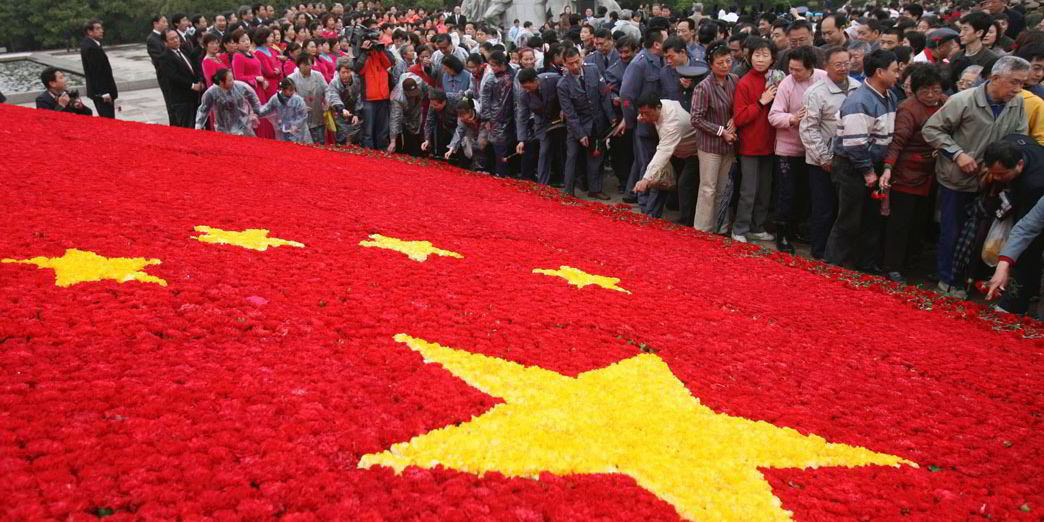A Peter Dohle-managed boxship has become the first vessel accused of violating China's new expanded emissions control regime.
The 980-teu Paola (ex-APL Aloha, built 2008) has been idle in Shanghai for more than a week after China's Maritime Safety Administration (MSA) accused it of operating with at least six times the sulphur content allowed under a newly imposed emissions control area (ECA) scheme.
Local reports say the ship is the first to fall victim of the strict 0.5% ceiling for all ships in the Yangtze delta waters that are not equipped with scrubbers.
The Paola is insured by protection and indemnity mutual Standard Club, according to databases.
Peter Dohle managing director Gaby Bornheim declined to discuss the incident.
'No knowledge' of incident
"I have no knowledge about this," she told TradeWinds, adding that Peter Dohle is technical and commercial manager for the Paola, and not the owner.
She was unwilling to identify the actual owner, or to comment on whether the ship remains on charter to Wan Hai Lines, as indicated by shipping databases.
"There is no-one else who will give you any information on this," she said when asked who could provide further details. "Ever," she added in response to further enquiries.
Dohle Group claims to control "the world’s largest tramp-owned fleet of containerships, comprising a total of around 300 highly modern vessels". However, the company's website lists only 128 of the 300, and the Paola is not among them.
Equasis lists the vessel in the fleet of Peter Dohle Schiffahrts-KG, operated by Wan Hai Lines, and owned by a registered owning company called ERB 990TEU GmbH & Co KG. The owner's contact details are listed as being in the care of Peter Dohle, at its Hamburg headquarters on the Elbchaussee.
Vessel tracking sites indicate that the Paola was trading between Haiphong and Kaohsiung until late September when it visited Zhoushan for a shipyard stay, then headed for Shanghai. After loading containers at the Waigaoqiao port, the Paola was boarded and inspected by MSA authorities on 7 October and now remains at anchor off Waigaoqiao.
Shanghai shipping news site ship.sh has posted a redacted version of inspection documents in Chinese, with the ship's IMO number visible and its name represented in Chinese as Bao La.
Fuel log discrepancies
According to the report, MSA officials found fuelling documents and fuel log readings that showed the ship had last been fuelled with 2.8% sulphur content. Crew members are alleged to have admitted that they carried out no fuel change on the way to Shanghai.
An MSA field inspection put the ship's fuel sulphur content at 3.17% and a third-party inspection ordered by MSA allegedly found a 3.1% sulphur content level.
Shipowners and managers have had little time to prepare for the new low-emissions regime.
The expansion of Chinese ECA rules to all Yangtze delta waters was originally set for 1 January 2019, but its surprise acceleration to 1 October was made known only in late August.
The expansion includes Yangtze delta waters in Shanghai and off the surrounding provinces of Jiangsu and Zhejiang, including the port jurisdictions of Shanghai, Ningbo, Zhoushan, Suzhou, and Nantong. A similar rule had already been in place from the beginning of this year for ships at berth or one hour out from port.
Expanded Pearl River delta and Bohai Sea ECAs are still set to take effect from the beginning of 2019.
The scale of monetary penalties that are meant to deter violations under the new regime remain unclear, but some reported incidents involving foreign ships in earlier stages of Chinese ECA enforcement have come in at around only CNY 60,000 ($8,670).





